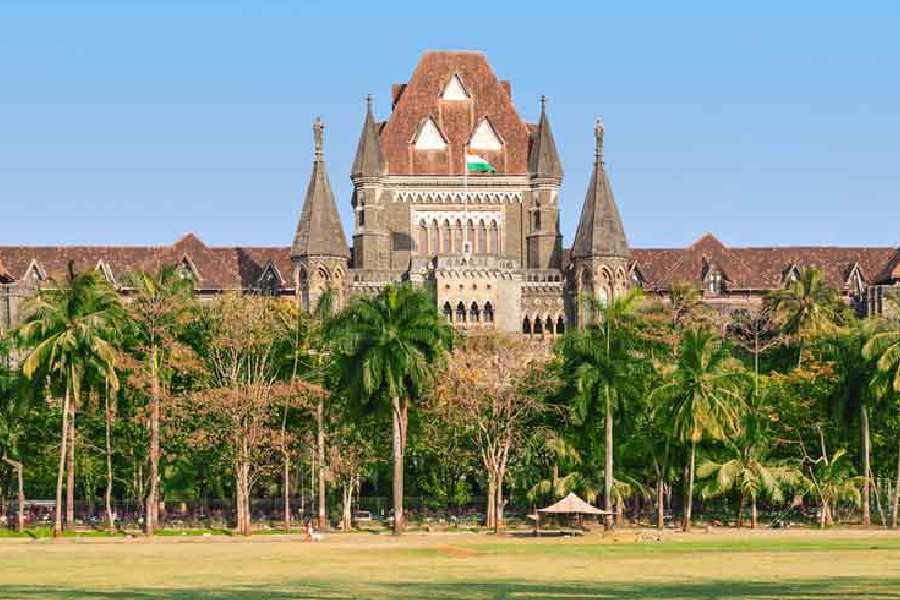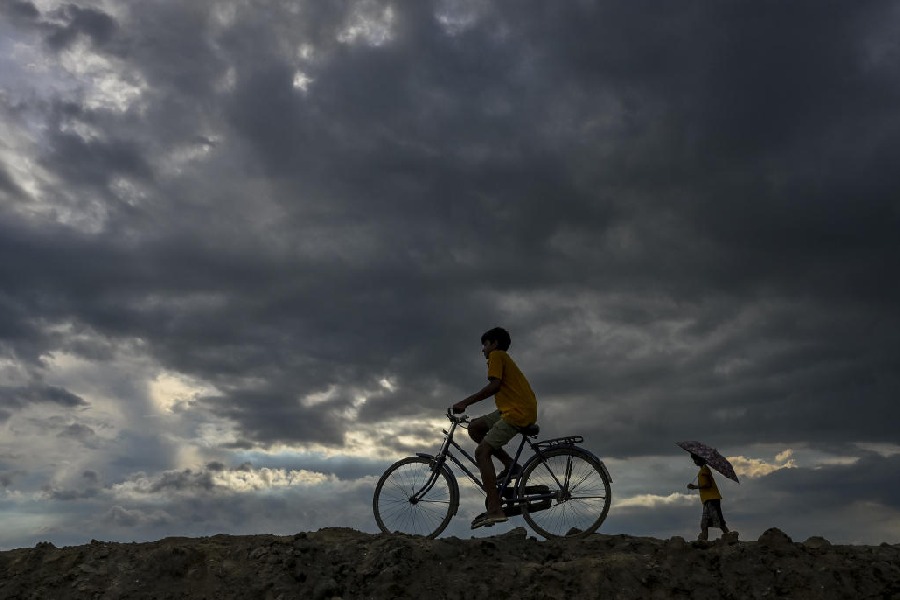Barak Valley is backward going by all available socio-economic parameters. In the Human Development Report 2003 of Assam, the most recent for the state, all the three valley districts have human development index scores below the state average.
Using the United Nations Development Programme methodology, the report found Cachar placed at the eighth spot, Hailakandi getting the 11th rank and for Karimganj, it was the worst possible — 19th among the 23 districts.
If one goes into the details of deprivation, startling revelations will emerge.
While in the state as a whole, a little over 45 per cent of the households have access to safe drinking water, the average for Barak Valley is well below 20. All the three districts here line up at the tail to collect a jarful of drinking water.
The overall employment situation is simply horrible in south Assam. The percentage of marginal workers is a shade over nine in Assam and below nine for the country as a whole. But the valley average is well above 22 and Karimganj, Hailakandi and Cachar are placed at the bottom three rungs in the state. These figures speak eloquently about the messy shape of the labour market, which has failed to provide decent jobs to the valley population. No wonder then the workforce participation rate is lowest for these districts.
The valley has problems galore in just about every area of development. The broad gauge railway line between Silchar and Lumding is far from completion even after 15 years.
Insurgency in Dima Hasao is officially cited as the hindrance for the sloppy performance of the NF Railway in this national project. But an unholy nexus between railway contractors, transport lobby and local politicians is often alleged to have thwarted this project that links Mizoram and Tripura besides the Barak Valley.
Surface communication is equally bad. It takes anything between 12 and 40 hours to reach the state capital from Silchar by bus. Both the national highways — 44 and 53 — are in a bad shape.
No industrialisation has taken place because of lack of social overhead capital. Agriculture is in a shambles though this sector provides livelihood to around 70 per cent of the population.
But such issues have never decided the electoral outcome in this valley. Successive governments in Dispur have never tried to address these real issues that plague the region. What is worse, local MLAs and ministers have never considered the huge development deficit of the valley worth an agendum to raise on the floor of Assembly.
The million-dollar question is why such developmental concerns are never converted into potent political issues and elections are won and lost on those planks. The answer perhaps lies in the political culture of the valley. The entire political arena is bereft of any ideological political atmosphere. Communally sensitive voting pattern and intra-party feuds have always dominated the electoral atmosphere with debate on development-deficit pushed into backburner.
Barak Valley has traditionally been a Congress citadel.
While the minority population is close to 50 per cent in Cachar and Hailakandi districts, in Karimganj Muslims outnumber the Hindus. No surprise then the Congress has historically dominated the valley election outcomes riding on its captive vote bank of Muslim and tea community, the latter being a formidable force in some of the constituencies.
Elections have largely been fought here on the classical communal line of “Ali-cooli combine”.
Here lies the psephological explanation for the BJP being successful so easily and so early in polarisation of Hindu votes in 1991 and later on as well. The emergence of the All India United Democratic Front (AIUDF) on the eve of 2006 elections has only institutionalised communal voting in the valley.
Elections come and go. Promises are made and forgotten. But the culture of politics here remains the same.










